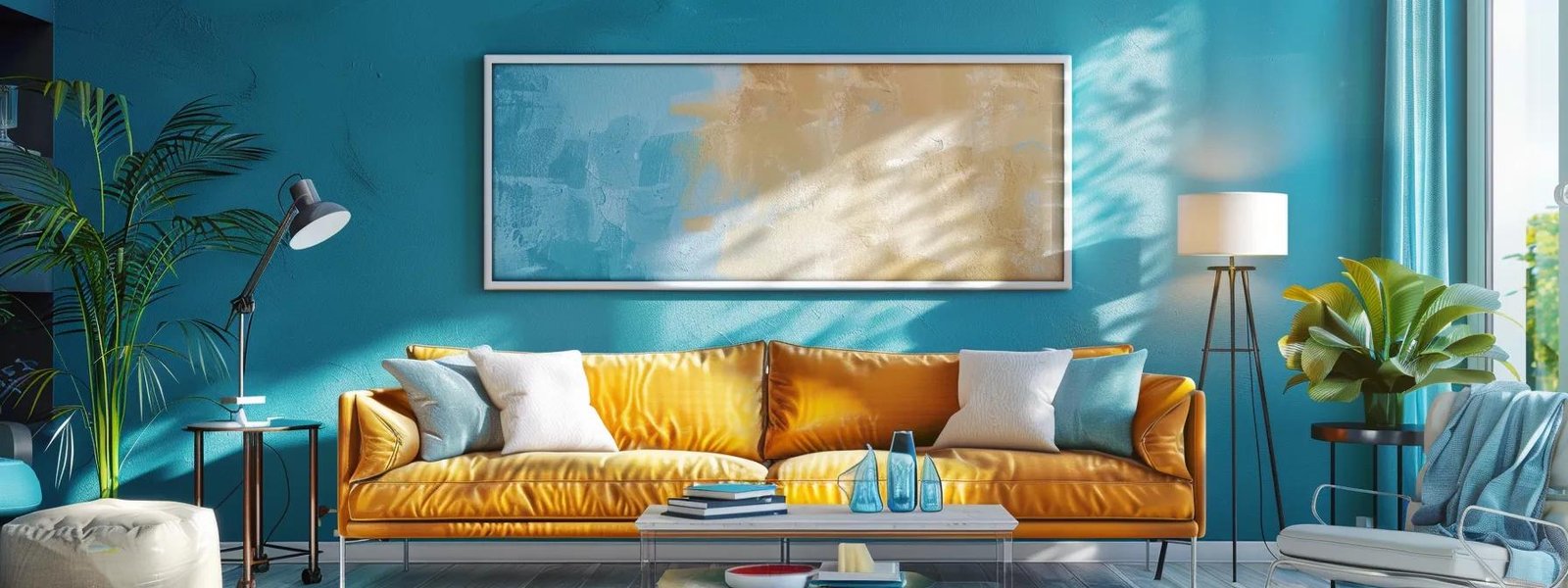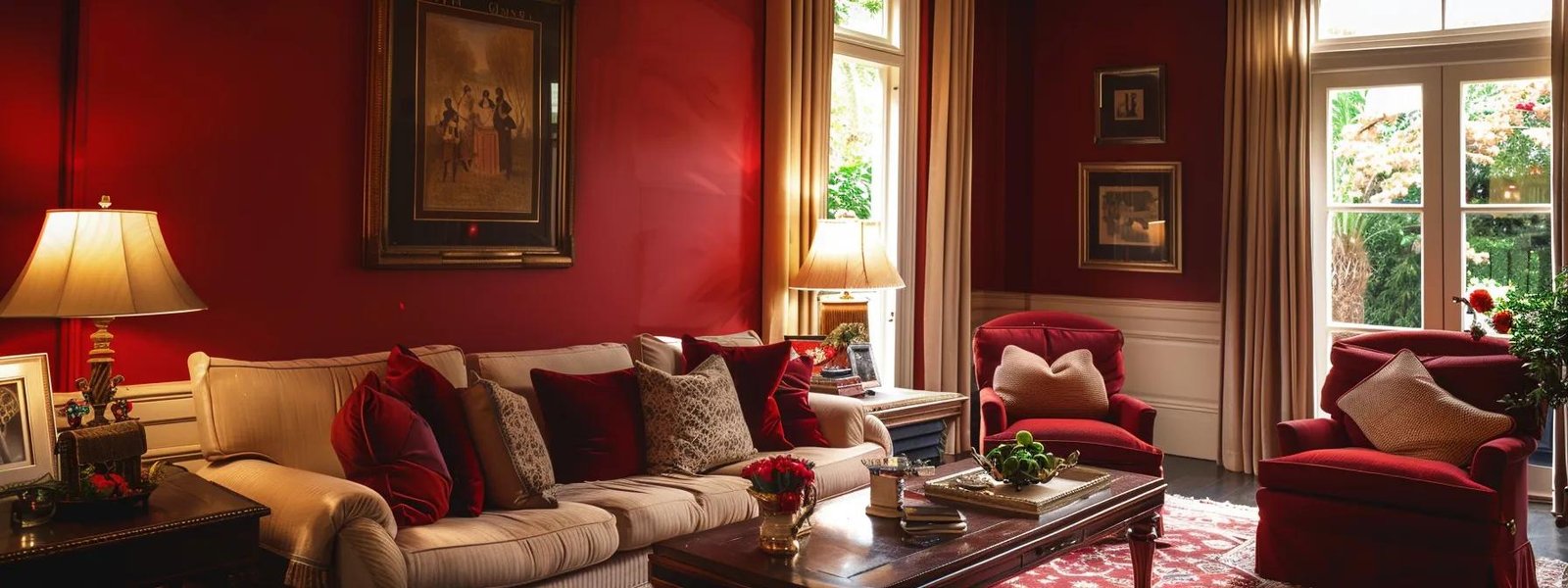Table Of Contents:
- Master Interior Painting Techniques for Stunning Homes
- Foundational Steps for Flawless Interior Painting in Homes
- Advanced Interior Painting Techniques for Homes
- Color Selection Strategies for Impactful Home Interiors
- Executing Specific Room Painting Projects Within Your Home
- Troubleshooting Common Interior Painting Issues in Homes
- Post-Painting Care and Maintenance for Lasting Beauty
- Frequently Asked Questions
- Final Thoughts
Master Interior Painting Techniques for Stunning Homes
Interior painting transforms a home’s look and feel, offering a cost-effective way to update decor and protect surfaces. In fact, many homeowners often ask, “what happens if you don t paint your house,” considering the potential risks of neglecting this essential update. This guide covers essential preparation, advanced techniques, and color strategies to help you achieve a professional finish.
Foundational Steps for Flawless Interior Painting in Homes
Preparation is key to a lasting finish. Carefully prepare surfaces, select quality products, gather the right tools, protect furniture and floors, and calculate paint quantities accurately.
Prepare Surfaces Meticulously for a Professional Finish
Clean walls thoroughly, scrape off peeling paint, and sand rough areas to ensure proper adhesion. Use a degreaser for kitchens and repair minor cracks with joint compound. Proper cleaning and priming create a smooth canvas and prevent future issues.
Select the Ideal Paints and Primers for Your Home’s Interior
Choose high-quality primers to seal surfaces and boost paint adhesion, reducing the need for multiple coats. Opt for interior latex paints with low VOCs. Consider finish options such as flat for ceilings and eggshell or satin for walls to achieve durability and an appealing look.
Gather Essential Painting Tools and Equipment
Invest in quality brushes, rollers, trays, drop cloths, extension poles, and painter’s tape. Tools like a microfiber roller cover help minimize brush strokes and ensure a uniform finish, making the process more efficient.
Safeguard Furniture and Floors Before Painting Begins
Move furniture or cover it with plastic sheets, and use drop cloths secured with painter’s tape on floors. Remove wall hangings and cover vents to prevent overspray, reducing cleanup time after the project.
Calculate Paint Quantities Accurately for Your Project
Measure the square footage of each room, including ceilings, trim, and doors. Standard charts indicate that one gallon typically covers 350–400 square feet. Use online calculators or consult a professional to order the appropriate amount and avoid waste.
Advanced Interior Painting Techniques for Homes

Advanced methods refine the final look and add character. These require practice and precision but can elevate your project with professional results.
Achieve Crisp Lines and Edges With Proper Taping Methods
Use painter’s tape along trim, windows, and door frames for sharp, clean lines. Press the tape down firmly and remove it while the paint is still slightly wet to prevent peeling and bleed-through.
Apply Paint Smoothly Using Brush and Roller Best Practices
Work in “W” or “M” patterns with a brush and use overlapping strokes with a roller. Follow drying time instructions between coats to produce an even, uniform texture with minimal marks.
Implement Spray Painting Techniques for Uniform Coverage
For large, flat surfaces or hard-to-reach areas, spray painting can provide an exceptionally smooth finish. Maintain a steady distance and apply light, even coats to avoid drips, making it ideal for multi-surface projects.
Create Unique Finishes With Specialized Painting Methods
Techniques such as sponging, rag-rolling, or faux finishes add texture and personalization. Experiment on a small area to perfect the method before applying it to the entire wall, allowing you to mimic materials like marble or wood grain.
Work With Different Paint Sheens for Desired Effects
Different sheens influence a room’s ambiance. Flat or matte hides imperfections, satin and eggshell add subtle shine and are easier to clean, while gloss finishes provide durability for trim and doors. Choose the right sheen to match functionality and style.
Color Selection Strategies for Impactful Home Interiors
Choosing the right colors can redefine your space. A thoughtful strategy aligns color theory with practical testing to create a harmonious look.
Understand Color Theory for Harmonious Room Palettes
Color theory explains how complementary, analogous, or triadic schemes can create balance. A sound understanding helps layer colors intelligently and produce visually stimulating environments.
Choose Colors to Influence Mood and Space Perception
Warm hues like reds and oranges boost energy, while cool tones like blues and greens promote calm. Light colors often expand small spaces, whereas darker tones add depth to larger areas. This strategy tailors each room’s ambiance.
Test Paint Colors Effectively Before Committing
Apply sample patches to observe how colors appear under different lighting conditions. This practical test minimizes costly mistakes and ensures the chosen color meets your expectations.
Coordinate Wall Colors With Existing Home Decor
Select wall colors that complement your furniture and decor. Neutral shades offer flexibility, while bolder options can create a focal point. Coordination is essential for a cohesive interior design.
Use Accent Walls to Add Drama and Focus
An accent wall with a bolder color or unique finish can create visual interest while maintaining overall harmony. Ensure the accent complements neutral tones and ties in with other decorative elements.
Executing Specific Room Painting Projects Within Your Home

Different rooms require tailored approaches for both aesthetics and durability.
Adapt Painting Techniques for Living Rooms and Bedrooms
Choose balanced, soothing palettes for bedrooms to encourage relaxation, and use accent walls in living areas to create focal points. Employ techniques that minimize brush strokes for an elegant finish.
Address Bathroom and Kitchen Painting Challenges
In high-moisture and high-grease areas like kitchens and bathrooms, select moisture-resistant, mildew-proof paints with built-in primers. Ensure proper ventilation to speed drying and maintain a lasting finish.
Paint Hallways and Entryways for a Welcoming Feel
Use light, neutral colors and durable, washable finishes to handle high traffic. A mix of trim, wall color, and accent stripes can create a polished and welcoming first impression.
Apply Techniques for Ceilings and Trim Work
For ceilings, flat or matte finishes help hide imperfections, while trim requires more durable, washable coatings. Use painter’s tape and angled brushes for precise application along edges.
Refresh Doors and Windows With Careful Painting
Sand and prime doors and window frames before applying paint. Use high-quality brushes or spray techniques, and finish with a protective clear coat to maintain crisp lines and prevent chipping.
Troubleshooting Common Interior Painting Issues in Homes
Address issues early to ensure lasting results.
Rectify Paint Drips, Runs, and Sags
Avoid overly thick applications that cause drips. Lightly sand affected areas and reapply a thin coat, ensuring steady, consistent pressure during application.
Address Brush Marks and Roller Streaks for a Smooth Look
Back-brushing or overlapping strokes can minimize visible marks. Using quality tools improves uniformity and the overall professional appearance.
Manage Paint Peeling or Blistering Causes
Peeling often results from inadequate surface preparation or high humidity. Remove faulty paint, clean and prime surfaces, and maintain optimal conditions during application.
Solve Issues of Poor Paint Adhesion
Ensure surfaces are free from dust, grease, or old, flaky paint. A suitable cleaner and high-quality primer create a strong bond for the new coat, reducing future adhesion issues.
Handle Color Inconsistencies and Sheen Problems
Mix paint thoroughly and apply under consistent lighting. If differences occur, sand lightly and touch up to maintain a uniform finish.
Post-Painting Care and Maintenance for Lasting Beauty

Proper care preserves the beauty and longevity of your painted surfaces.
Allow Proper Drying and Curing Time for New Paint
Wait at least 24 hours between coats and allow several days for full curing. This process ensures a robust finish that withstands daily wear.
Clean Painted Surfaces Safely and Effectively
Use mild cleaners with soft cloths or sponges. Avoid harsh chemicals that can damage the finish, maintaining the brightness and integrity of the paint.
Perform Touch-Ups to Maintain a Pristine Appearance
Keep a small amount of leftover paint for prompt touch-ups. A fine brush allows for seamless repairs and regular inspections help catch any issues early.
Store Leftover Paint and Supplies Correctly
Seal paint cans tightly, label them, and store in a cool, dry place. Proper storage extends the life of your supplies and makes future touch-ups easier.
Know When to Repaint Your Home’s Interior
Repainting intervals vary by room and usage. Kitchens and hallways may need repainting every 3–5 years, while bedrooms can last longer. Regular assessments help maintain aesthetic appeal.
Frequently Asked Questions
Q: How do I ensure a professional finish in interior painting?
A: Proper surface preparation, quality paints, correct techniques, and diligent post-paint care are key.
Q: What type of paint is best for high-moisture areas?
A: Moisture-resistant, mildew-proof paints with built-in primers work best in kitchens and bathrooms.
Q: How can I avoid brush marks and roller streaks?
A: Use proper techniques with quality brushes and rollers, and apply overlapping strokes consistently.
Q: What should I do if the paint starts peeling or blistering?
A: Remove the damaged paint, clean and prime the surface, and ensure optimal environmental conditions during application.
Q: How do I choose the right color for my home?
A: Test samples in various lighting, coordinate with existing decor, and use color theory to create a harmonious palette.
Final Thoughts
Following these interior painting techniques enables you to transform your home with a lasting, professional finish. From meticulous surface preparation and advanced application methods to strategic color selection and careful maintenance, every step contributes to a stunning makeover. Address issues promptly and perform regular touch-ups to keep your home looking fresh and inviting.


